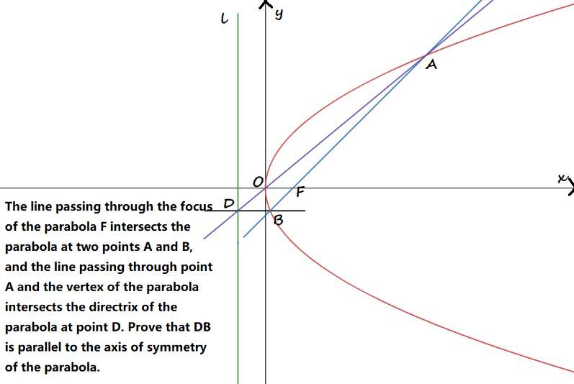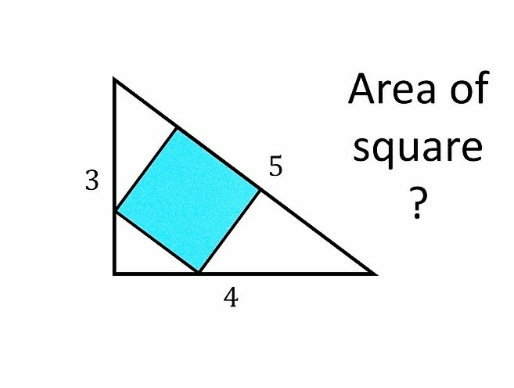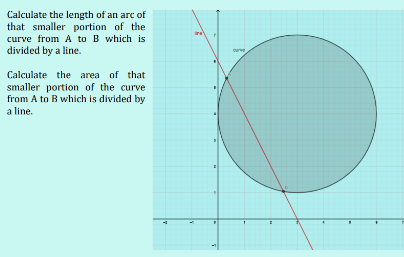
|
|

|
All Questions Topic List |
OthersQuestion and Answers: Page 24 |
Question Number 173630 Answers: 0 Comments: 2
|
| (x+4)^2 =x^((x+2))
Please Help...
|
|
Question Number 173620 Answers: 2 Comments: 0
|

|
Question Number 173599 Answers: 0 Comments: 1
|
| Find the area bounded by the graph
y=x^2 and y=2−x^2 for 0≤x≤2.
|
|
Question Number 173245 Answers: 1 Comments: 0
|
| The ends X and Y of an inextensible strings 27m
long are fixed at two points on the same
horizontal line which are 20 m apart.
A particle of mass 7.5 kg is suspended
from a point P on the string 12 m from X.
(a) Illustrate this information in a diagram.
(b) calculate, correct to two decimal
places, <YXP and <XYP.
(c) Find, correct to the nearest hundredth,
the magnitudes of the tensions in the
string. [take g=10 ms^(−2) ]
|
|
Question Number 172991 Answers: 2 Comments: 0
|

|
Question Number 181394 Answers: 1 Comments: 0
|

|
Question Number 172915 Answers: 3 Comments: 1
|

|
Question Number 172901 Answers: 0 Comments: 10
|
| have you noticed?
recently
the Euclid was here.
the small Einstein was here.
Euler the second was here.
the small Laplace was here.
who else?
|
|
Question Number 172758 Answers: 0 Comments: 0
|

|
Question Number 172718 Answers: 0 Comments: 0
|

|
Question Number 172692 Answers: 2 Comments: 0
|

|
Question Number 172595 Answers: 0 Comments: 0
|

|
Question Number 181331 Answers: 1 Comments: 0
|
| Solve:
(dy/dx)=e^x (sinx)(y+1) y(2)=−1
.
|
|
Question Number 181330 Answers: 1 Comments: 0
|
| Solve:
(dy/dx)+2x(y+1)=0, y(0)=2
|
|
Question Number 172551 Answers: 0 Comments: 0
|

|
Question Number 172490 Answers: 0 Comments: 4
|

|
Question Number 172450 Answers: 1 Comments: 0
|

|
Question Number 172404 Answers: 0 Comments: 2
|

|
Question Number 172391 Answers: 1 Comments: 0
|

|
Question Number 172321 Answers: 0 Comments: 0
|

|
Question Number 172287 Answers: 0 Comments: 0
|

|
Question Number 172281 Answers: 0 Comments: 0
|

|
Question Number 172252 Answers: 0 Comments: 0
|

|
Question Number 172234 Answers: 1 Comments: 1
|

|
Question Number 172220 Answers: 0 Comments: 0
|

|
Question Number 172213 Answers: 0 Comments: 0
|
|
stephanwant to count number of objects have in space
For a first measurement, they count the asteroids for 60 days and detect 1000 objects. Several
months later, they start a second measurement: This time, they count for 80 days.
How many asteroids will they detect during the second measurement? Explain why.
we can consider that the asteroids are homogeneously distributed in their solar system.)
|
stephanwant to count number of objects have in space
For a first measurement, they count the asteroids for 60 days and detect 1000 objects. Several
months later, they start a second measurement: This time, they count for 80 days.
How many asteroids will they detect during the second measurement? Explain why.
we can consider that the asteroids are homogeneously distributed in their solar system.)
|
Pg 19
Pg 20
Pg 21
Pg 22
Pg 23
Pg 24
Pg 25
Pg 26
Pg 27
Pg 28
|
Terms of Service |
Privacy Policy |
Contact: info@tinkutara.com |






































